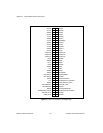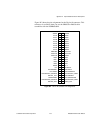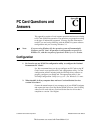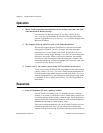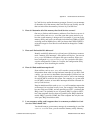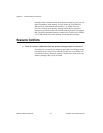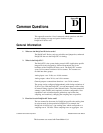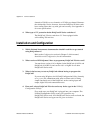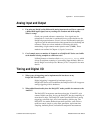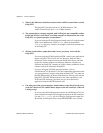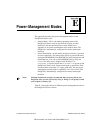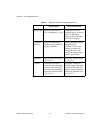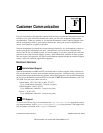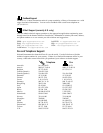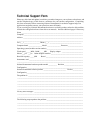
Appendix D Common Questions
National Instruments Corporation D-3 DAQCard E Series User Manual
Analog Input and Output
1. I’m using my DAQCard in differential analog input mode and I have connected
a differential input signal, but my readings are random and drift rapidly.
What’s wrong?
Check your ground reference connections. Your signal may be
referenced to a level that is considered
floating
with reference to the
DAQCard ground reference. Even if you are in differential mode, the
signal
must
still be referenced to the same ground level as the DAQCard
reference. There are various methods of achieving this while
maintaining a high common-mode rejection ratio (CMRR). These
methods are outlined in Chapter 4,
Signal Connections
.
2. Can I sample across a number of channels on a DAQCard E Series card while
each channel is being sampled at a different rate?
NI-DAQ features a function called
SCAN_Sequence_Setup
, which
allows for multirate scanning of your analog input channels. Refer to
the
NI-DAQ Function Reference Manual for PC Compatibles
for more
details.
Timing and Digital I/O
1. What types of triggering can be implemented in hardware on my
DAQCard E Series card?
Digital triggering is supported by hardware on every
DAQCard E Series card. In addition, the DAQCard-AI-16E-4 supports
analog triggering with its hardware.
2. What added functionality does the DAQ-STC make possible in contrast to the
Am9513?
The DAQ-STC incorporates much more than just 10 Am9513-style
counters within one chip. In fact, the DAQ-STC has the complexity of
more than 24 chips. The DAQ-STC makes possible PFI lines, analog
triggering, selectable logic level, and frequency shift keying. The
DAQ-STC also makes buffered operations possible, such as direct
up/down control, single or pulse train generation, equivalent time
sampling, buffered period, and buffered semiperiod measurement.



